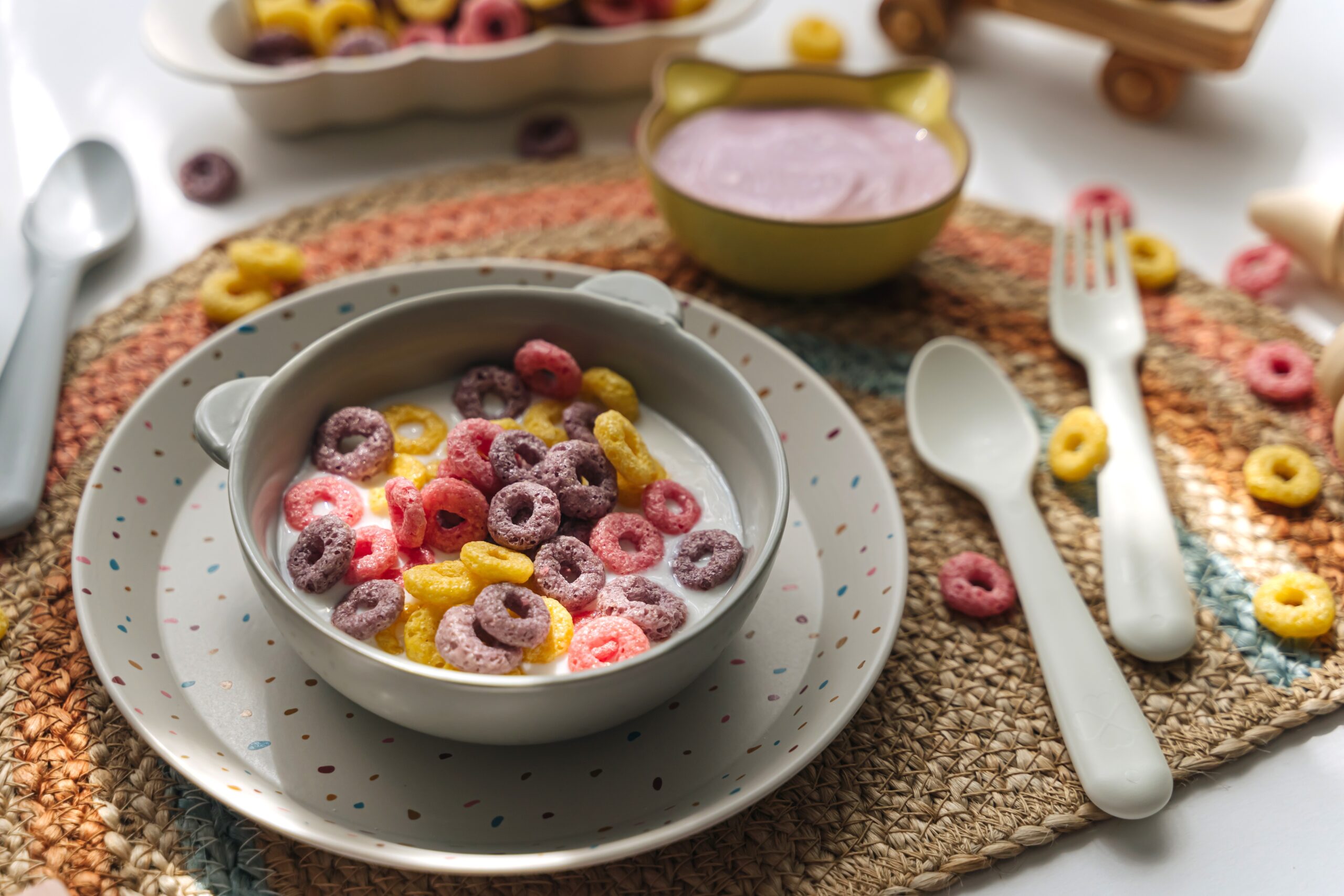Table of Contents

Children's breakfast cereals have steadily deteriorated in nutritional quality over the past 13 years, with increasing levels of sugar, fat, and sodium while essential nutrients have declined.
At a Glance
- A comprehensive 13-year review reveals children's breakfast cereals have become significantly less nutritious since 2010
- Fat content rose by 33.6% and sodium levels increased by 32.1%, while sugar content grew by nearly 11%
- Child-targeted cereals are three times more likely to be classified as "less healthy" than adult cereals
- No child-targeted cereals were found to be sugar-free, with sugar being the second most common ingredient in 75% of these products
- Nutritionists warn these changes could contribute to long-term health issues including obesity, diabetes, and heart disease
Declining Nutritional Standards in Children's Cereals
A new study published in JAMA Network Open has revealed alarming trends in the nutritional content of children's breakfast cereals over the past 13 years. Researchers from the University of Kentucky and Louisiana State University analyzed approximately 1,200 cereals marketed to children aged 5 to 12, finding substantial increases in unhealthy ingredients alongside decreases in beneficial nutrients. The findings paint a concerning picture for parents trying to provide nutritious breakfast options for their children during critical developmental years.
The research team documented a 33.6% rise in fat content and a 32.1% increase in sodium levels between 2010 and 2023. Perhaps most concerning is the nearly 11% increase in sugar content, with some children's cereals now containing more than 45% of the American Heart Association's recommended daily sugar intake for children in a single serving. These nutritional shifts have occurred despite growing awareness of childhood obesity and diet-related health concerns.
Marketing Tactics and Health Claims
The study identified that approximately 19.8% of all breakfast cereals are specifically targeted toward children. These products typically feature candy, cartoon characters, puzzles, games, or tie-ins to children's entertainment. While the packaging often displays health claims, the actual nutritional content tells a different story. Researchers found that child-targeted cereals were significantly higher in sodium and sugar, while containing less fiber and protein than cereals marketed to adults.
The study revealed that six major cereal manufacturers had child-targeted product lines consisting entirely of cereals classified as "less healthy." None of the child-targeted cereals analyzed were sugar-free, and for 75% of these products, sugar was listed as the second most common ingredient. This creates a challenging environment for parents trying to make nutritious choices in the cereal aisle, especially when colorful packaging and cartoon characters are designed to appeal directly to children.
International Comparisons and Health Concerns
The nutritional quality of children's cereals varies significantly across different countries. A comparative analysis of children's ready-to-eat breakfast cereals in New Zealand, Australia, the UK, Canada, and the USA found that products from the United States contained the highest median sugar content. US cereals also had a higher proportion of products with more than 20% sugar content compared to the other countries studied, highlighting potential regulatory differences across markets.
Health experts are increasingly concerned about the long-term implications of these nutritional shifts. High sodium intake during childhood has been linked to elevated blood pressure and cardiovascular issues later in life. Excessive sugar consumption contributes to obesity, dental problems, and increased risk of type 2 diabetes. Additionally, the decline in protein and fiber content is concerning because these nutrients are essential for proper growth, development, and digestive health in children.
Calls for Regulation and Industry Accountability
The findings have prompted calls for increased regulation of children's food marketing and cereal formulations. Some legislators are pushing to remove synthetic dyes from cereals, with West Virginia recently banning seven artificial food colorings. Health Secretary Robert F. Kennedy Jr. has criticized ultra-processed foods and announced efforts to address artificial dyes in the U.S. food supply, referring to sugar as "poison" and expressing particular concern about chemical colorings in children's cereals.
Researchers suggest that policy interventions may be necessary to improve the nutritional quality of children's breakfast cereals. This could include stricter marketing regulations, mandatory reformulation targets, or clearer front-of-package labeling that accurately reflects nutritional content. For parents concerned about these trends, nutrition experts recommend carefully reading ingredient lists and nutrition facts panels, opting for cereals with lower sugar content and higher fiber, or considering alternative breakfast options like oatmeal with fresh fruit.
AD
Most Recent
AD
